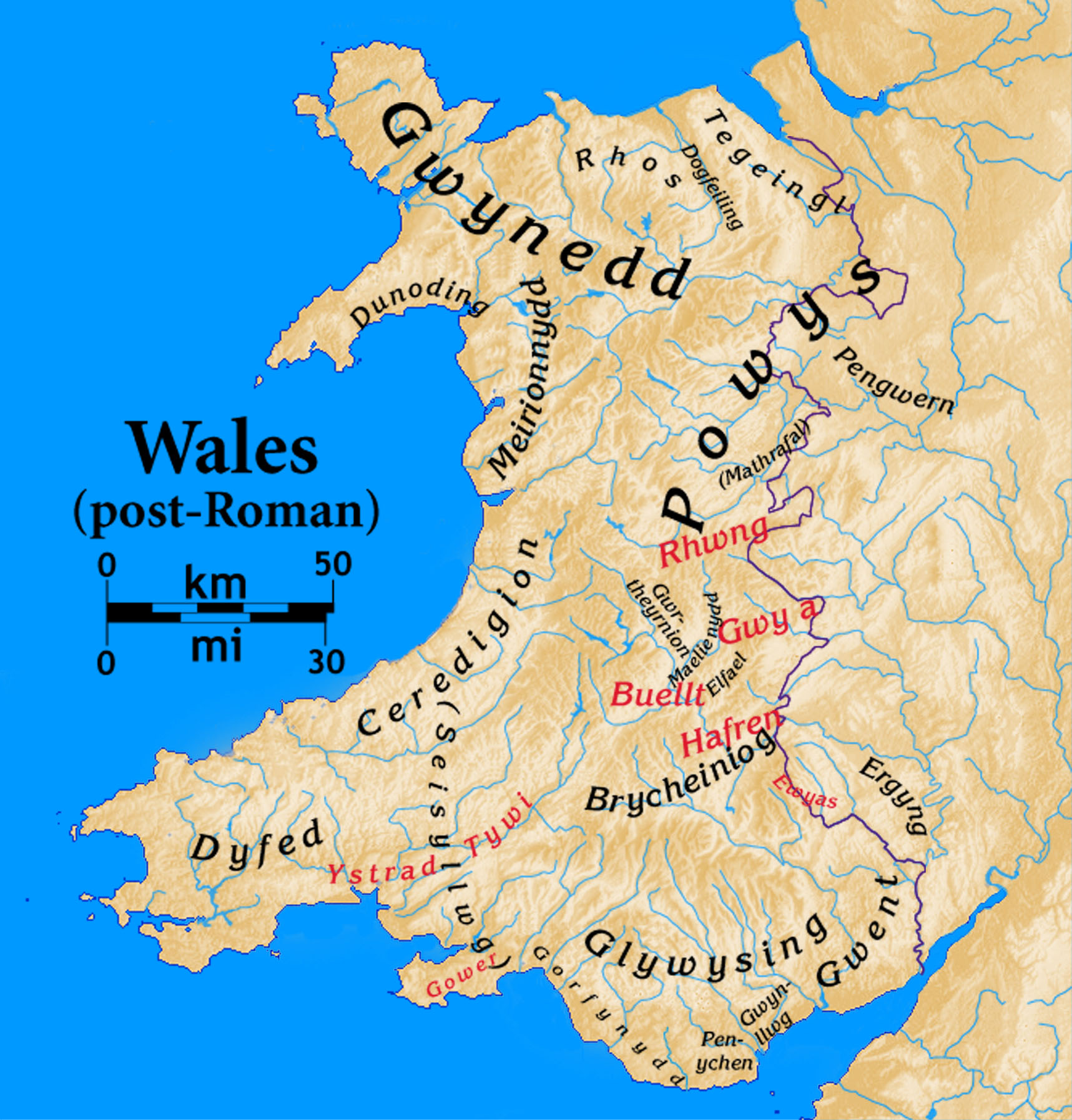The first king of Alt Clut, Coroticus was a powerful Celtic monarch who ruled a considerable swathe of southern Scotland from his base on Dumbarton Rock. The history of Alt Clut during the fifth and sixth centuries is murky at best and what little is known comes from Irish and Welsh sources. Because of this, Coroticus, like many other fifth century rulers, is sometimes referred to by the Welsh version of his name, Ceretic Guletic.
| Dunbarton Rock, the stronghold of the Kings of Alt Clut for five hundred years |
Medieval genealogies list Coroticus as the son of Cynloup, the grandson of Quintillus and the great-grandson of Clemens. The Roman names of his grandfather and great-grandfather suggest that Coroticus was descended from Damnonii leaders who, although they lived some way north of Hadrian’s Wall, were Romanised to some extent. However, Coroticus is a British name and it has been suggested that he was named after Caratacus of the Catuvellauni, a then-legendary leader of a British revolt against the Romans.
Not much is known of his reign in the dark days of sub-Roman Britain. Coroticus was almost certainly the Brittonic warrior addressed in a letter written by St. Patrick in which the priest condemns the capture and enslavement of Irish Christians and their sale to pagans before excommunicating Coroticus and his men. It’s possible that St. Patrick’s letter referred to a bloody raid on Ireland led by Coroticus and his men which resulted in the death and enslavement of many Irish, some of which were Christian converts. Coroticus’s response to the letter, if any, has gone unrecorded.
It’s thought that Coroticus died around 450 and was succeeded either by his son, Cinuit, or possibly his grandson, Dumnagual Hen. His descendants went on to rule kingdoms as far south as the Isle of Man and Alt Clut itself would survive until the late ninth century when Dumbarton would be captured and sacked by the Norse kings of Dublin.




